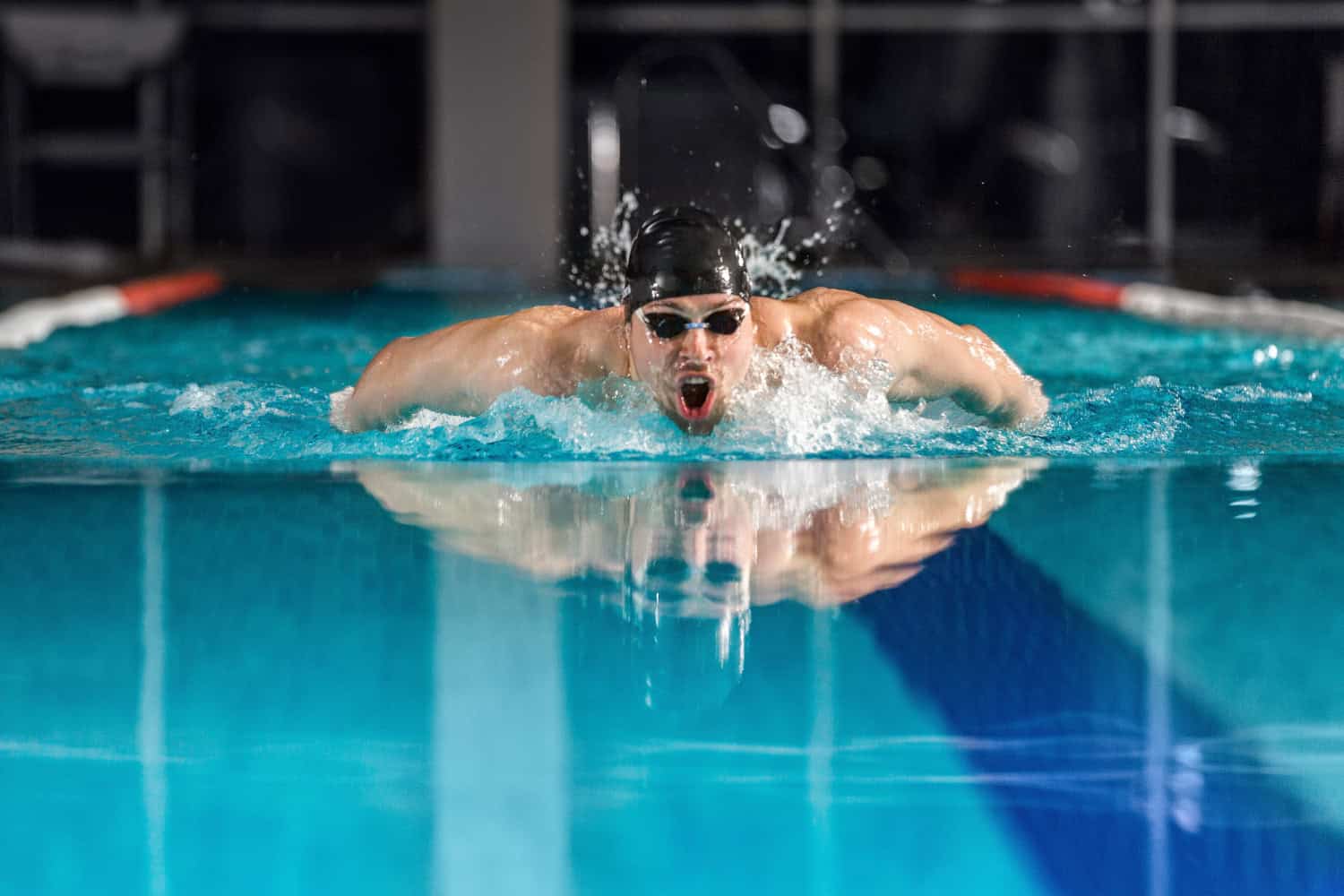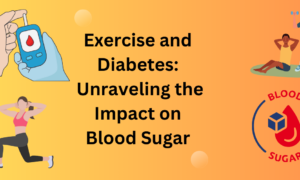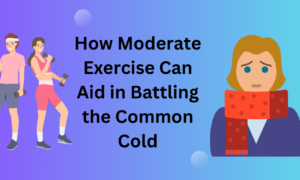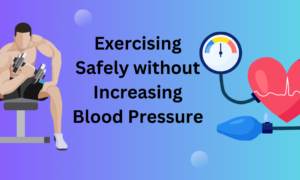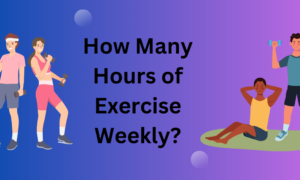As trends come and go, one form of exercise is making a comeback but this time with more oomph and wider appeal. Aqua based fitness has moved from being a niche activity for older adults to a dynamic and inclusive form of exercise for all ages and fitness levels. Whether you’re recovering from an injury, looking for a new workout environment or just want to protect your joints, water based routines are the answer.
The properties of water, buoyancy, resistance and low impact make it a safe and effective training medium. Water aerobics and aqua fitness classes now incorporate strength training, dance and interval workouts all while being joint friendly workouts by design. These sessions give you cardiovascular, muscular and flexibility benefits without the strain of land based workouts.
Understanding the Appeal of Aqua Fitness
Water-based workouts are not just about splashing around in a pool. They are structured, science-backed training methods that offer significant benefits for both physical and mental health. What makes aqua fitness so unique is its versatility and accessibility.
Low Impact, High Benefit
The primary reason people are drawn to water workouts is their low-impact nature. Buoyancy reduces body weight by up to 90 percent, which means less pressure on knees, hips, and spine. This makes joint-friendly workouts ideal for those with arthritis, injuries, or chronic pain. Even high-intensity moves in the pool are gentle on the joints, making it possible to challenge your body without risking damage.
Inclusive for All Fitness Levels
Unlike some high-impact trends that favor the already-fit, water aerobics and other pool-based exercises cater to a wide range of individuals. Whether you’re a beginner, senior, athlete, or prenatal participant, water workouts can be scaled and adapted to meet personal needs. This inclusiveness adds to its growing popularity among gyms and community centers.
The Science Behind Aqua-Based Workouts
There’s more to aqua fitness than just buoyancy. Several physiological principles make it a powerful training environment. From water resistance to hydrostatic pressure, these natural forces contribute to effective and safe conditioning.
Resistance for Strength and Stability
Water provides constant resistance in all directions, which engages more muscle groups than land-based movement. Even basic exercises like arm raises or leg lifts become strength-building challenges in water. This makes aqua-based routines not only good for cardio but also beneficial for toning and core engagement.
Hydrostatic Pressure and Circulation
Hydrostatic pressure; essentially the force exerted by water; supports muscles and enhances blood circulation. This added pressure can help reduce swelling in limbs and improve oxygen delivery to working muscles, making recovery faster and safer.
Temperature Regulation and Comfort
Exercising in water allows for better heat dissipation, reducing the risk of overheating. This makes longer workouts more comfortable, especially in warmer climates or for individuals who struggle with heat sensitivity.

Popular Types of Aqua Fitness Classes
Aqua fitness covers a wide range of activities from gentle water aerobics to high intensity interval training. With the growth in popularity, fitness centers now offer various class formats that use equipment, choreography and functional movement.
Water Aerobics
Still a staple in many pools, water aerobics involves rhythmic, dance-like movements to music. These classes focus on cardiovascular health, coordination and balance all while protecting the joints. Movements like jumping jacks, leg kicks and arm sweeps are modified for the water.
Aqua Cycling and Deep-Water Running
Aqua cycling involves submerged stationary bikes for a high intensity low impact workout. Deep-water running uses flotation belts to simulate land based running without impact, great for injury rehab or low stress endurance training.
Aqua HIIT and Boot Camps
High Intensity Interval Training has made it’s way into the pool. Aqua boot camps combine strength, speed and endurance drills in timed intervals. Equipment like resistance gloves, floating dumbbells and kickboards increase the challenge while still protecting the body.
Health Benefits of Water-Based Fitness
Aqua-based fitness is not just a trend; it’s a science-supported approach to improving overall well-being. Whether you’re aiming to lose weight, build muscle, or recover from an injury, water workouts offer unique advantages that extend beyond the pool.
Improved Cardiovascular Health
The resistance of water requires the heart to work harder to pump blood, improving cardiovascular endurance. Regular participation in water aerobics or other aquatic classes has been shown to lower resting heart rate and increase aerobic capacity.
Reduced Risk of Injury
The joint-friendly workouts common in aqua fitness mean there is a lower risk of strains, sprains, or impact-related injuries. This makes it a safe option for older adults, those in physical therapy, or individuals with previous injuries.
Enhanced Mental Health
Being in water has calming effects. The sensation of floating, coupled with rhythmic movement and group interaction, helps reduce stress and anxiety. Aqua fitness participants often report improved mood and reduced symptoms of depression.
Aqua Fitness for Rehabilitation and Recovery
Water workouts have been a staple in physical therapy for a long time. Low impact, high support makes them perfect for post surgery recovery, injury rehab and chronic conditions.
Post Injury Conditioning
Whether you’re recovering from orthopedic surgery, a sports injury or muscle strain, aqua fitness is a way to stay active without aggravating the injury. Water allows for gradual introduction of movement and resistance, healing without risk.
Arthritis and Chronic Pain Management
Osteoarthritis and fibromyalgia respond well to water therapy. The reduced weight bearing load, combined with water’s natural resistance, reduces inflammation and improves range of motion, making joint friendly workouts a practical solution for long term pain management.
Adding Equipment to Water Workouts
Many modern water aerobics and aqua fitness classes use equipment to increase resistance and variety. From small handheld tools to larger flotation devices, equipment targets specific muscle groups and keeps routines interesting.
Resistance Tools
Foam dumbbells, resistance gloves and aquatic paddles are used to enhance upper body workouts. These tools increase drag in the water, making every movement more challenging and effective for muscle toning.
Buoyancy Aids
Kickboards, pool noodles and flotation belts are used for support and core activation. They help participants maintain posture and balance, especially during deep water routines or when isolating muscle groups.
Aquatic Treadmills and Bikes
Some facilities now offer underwater treadmills and stationary bikes. These tools offer familiar motion patterns with the added resistance and support of water, combining the benefits of land and water training in one session.
Aqua Fitness for Different Demographics
One of the biggest strengths of aqua fitness is its adaptability. With minor adjustments, classes can be tailored to meet the needs of very different populations; from young athletes to seniors or expectant mothers.
Senior Fitness
Older adults often struggle with traditional gym workouts due to joint pain, mobility limitations, or balance issues. Water provides the support they need to move freely and confidently. Programs focused on flexibility, balance, and gentle cardio are increasingly being offered at senior centers and community pools.
Prenatal Exercise
Pregnant individuals benefit from joint-friendly workouts that reduce stress on the back, knees, and hips. Water’s buoyancy relieves pressure on the body, making it easier to maintain movement throughout all stages of pregnancy.
Athletes and Cross-Training
For runners, cyclists, and other endurance athletes, water-based training offers a way to cross-train without overloading the joints. Deep-water intervals, aqua cycling, and resistance-based routines help maintain fitness while giving the body time to recover.
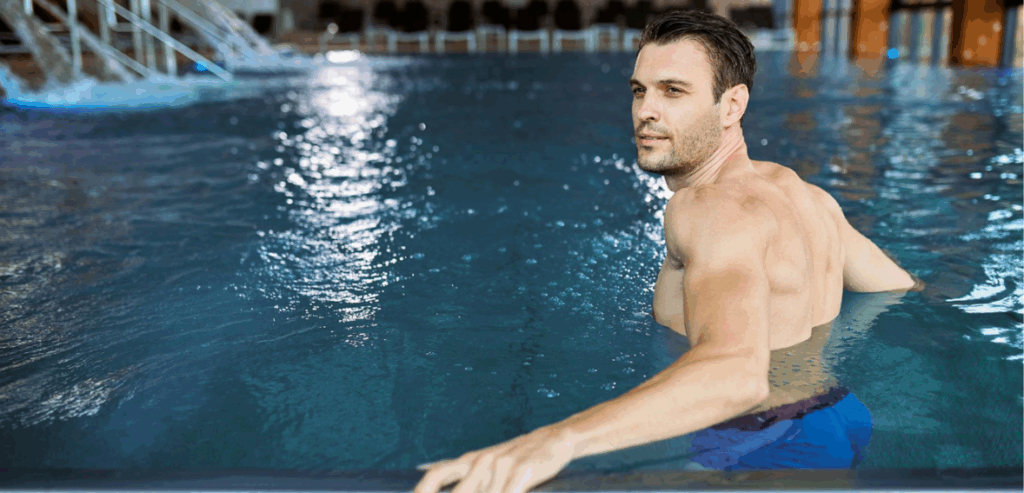
The Role of Instructors and Structured Programs
As the popularity of aqua fitness grows, the demand for certified instructors and structured programs is rising. Effective aqua workouts require more than just a pool; they need knowledgeable leadership and thoughtful planning.
Importance of Certification
Certified instructors understand water dynamics, safety protocols, and class design. They ensure exercises are done correctly and safely, especially for participants with limitations or injuries. Programs led by trained professionals offer a higher standard of effectiveness and safety.
Group Motivation and Accountability
Just like in traditional fitness classes, the group atmosphere in water aerobics sessions boosts motivation. Participants feed off the energy of others and are more likely to stick with the program. Consistency is key in any fitness journey, and structured classes help maintain that momentum.
The Future of Aqua-Based Fitness
Aqua fitness is looking good. With more awareness of its benefits and more creative programming, it’s here to stay in the fitness industry. Technology, accessibility and innovation are changing how these workouts are delivered and experienced.
Virtual Aqua Classes
With the rise of digital fitness platforms, some instructors are now offering virtual coaching for home pools. This means more people can do water aerobics, even if they don’t live near a gym.
Smart Pool Equipment
Technology is coming into aquatic spaces. From waterproof fitness trackers to sensor equipped training tools, data is helping participants optimize their performance in the water.
Integration with Wellness Programs
More rehab centers, wellness spas and corporate fitness programs are adding aqua fitness to their offerings. As the link between physical and mental health becomes more prominent, water based exercise is seen as a holistic approach to self care.
Conclusion: Making a Splash in Everyday Fitness
Aqua-based fitness is redefining wellness with low-impact, joint-friendly workouts that are accessible and effective. Ideal for pain management, recovery, or a refreshing fitness change, water aerobics offers a supportive alternative to traditional exercise. Its growing popularity marks not just a trend, but a sustainable movement in modern fitness.

